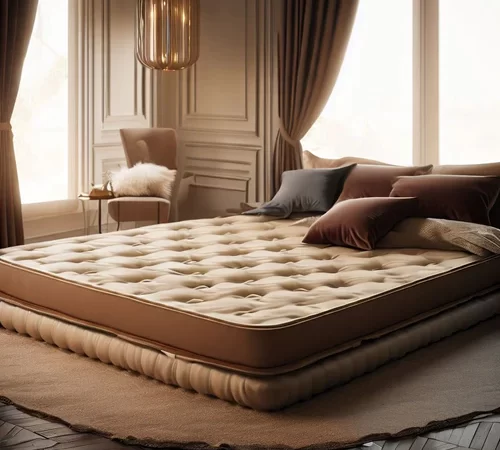How to Prep a Room For Painting

When painting a room, there are a few steps that you should take before you paint to make sure that the paint job will be a success. For instance, you should move furniture around, clean the walls, and protect your home’s fixtures.
Clean the walls
Cleaning the walls before painting is essential if you want a smooth, professional finish. It will help prevent the paint from peeling or flaking and will give the surface a polished look.
You can clean the walls with a sponge. The best thing to do is to use a large soft sponge, with just a little mild soapy water. Scrub the entire wall, making sure not to scrub too hard or soak the sponge. Rinse the sponge to remove any residue.
You can also buy a non-abrasive all-purpose cleaner. If you have latex paint, you can mix a teaspoon of detergent and one cup of warm water. Use a soft cloth or a cellulose sponge to rinse the wall.
Remove mildew
If you have mildew or mold in your home, it’s important to remove it before painting. Depending on the type of mildew or mold you have, you may need to use a mildew removal solution or primer to prevent future growth.
Mildew is a type of fungus that grows on damp surfaces. It can be found on walls, shower curtains, and other areas that get moisture from the air. Some paints are specially formulated to inhibit mildew growth.
In order to remove mildew, you need to wash it off first. You can do this with household bleach or a mildew cleaning solution. A mildew cleaning solution should contain at least a quarter cup of baking soda mixed with one gallon of water. Using a soft brush, scrub the surface to get rid of mildew.
Remove outlet covers
When it comes to painting a room, you need to make sure you are properly prepped. One of the best ways to do this is by removing any electrical outlet covers and switch plates you might have. This is because paint and dirt can build up in a thin layer on the wall. You want to make sure that your final coat of paint is smooth and looks professional.
For this, you need to remove your cover plates before you start painting. While this might seem like an extra step, it can make the job go faster. If you need to, you can paint the covers a different color to match the rest of your room.
Tape over trims
Painting a room can make your home feel more welcoming and comfortable. But before you get started, you need to know how to tape over trims to prepare for painting. Painter’s tape is the most essential tape for painting edges. It helps create clean lines along the walls and trims, and also makes it easier to fill in between side pieces.
Before taping a room, you will want to prepare the surfaces by cleaning them. Dust can accumulate on your surfaces and make it difficult to stick painters tape. You can use a damp cloth to wipe them down. If you’re using caulk, make sure the caulk is completely dry before you begin taping.
Move furniture
You may have heard the saying, “Prepare your room before painting”. The truth is, if you do it right, you can avoid a messy and lengthy process. Getting the furniture out of the way and having an empty room will make the job much easier.
It’s also a good idea to wrap your furniture in a plastic sheet or blankets to protect it. Furniture can be particularly vulnerable to paint spills and drippings. This is especially true of fabrics on upholstery.
If you don’t have room for a lot of furniture in the room, you can consider moving it. However, this can be a dangerous task. Be sure to use the right tools to move heavy items and secure them.
Protect furniture and fixtures from paint splatter
When you are painting a room, it is important to protect furniture and fixtures from paint splatter. This will make the job easier and less messy.
One of the best ways to prevent paint splatter is to move furniture out of the way. You can cover large items with plastic, like a couch, and stack them in the middle of the room. Smaller items can be moved to the back of the room.
Painters tape can help to protect electrical outlets. Light switch plates can be taped over to prevent paint spatter. Electrical panels should also be covered to prevent paint from spilling onto them.







